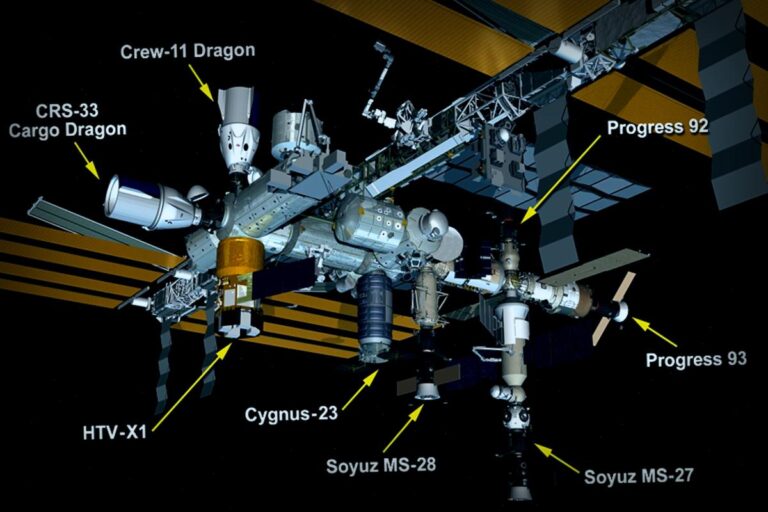Forget about astronauts making giant leaps on the Moon; it’s time for tireless machines to take center stage. These innovative robots don’t mind cosmic radiation, don’t need snacks, and they never tire during those long 14-day lunar nights. In an exciting twist, NASA’s Artemis program has shifted gears. Instead of sending humans to build moon infrastructure, they are creating an autonomous construction team that outpaces any earthly contractor!
Turning Moon Dust into Real Estate
Robotic tech is making it possible to turn Moon dust into actual structures.
The brains at ICON, known for crafting 3D-printed homes in Austin, are now working on robotic systems designed to transform lunar regolith—better known as Moon dirt—into essentials like radiation shields, landing pads, and habitats. The unpredictable nature of lunar soil can pose challenges, but these innovative systems are tailored for that.
In addition, HEBI Robotics is rolling out modular construction platforms. The clever approach focuses on robotic assembly techniques and cutting-edge components, as pointed out by CEO Bob Raida. Picture LEGO blocks, albeit each piece is several tons and built to work in a vacuum!
The Most Advanced Crew to Date
These robots are built for tasks that would intimidate any crew—even on our home planet.
GITAI has already shown off robotic arms completing essential tasks such as:
- Excavation
- Installing solar panels
- Deploying antennas
- Changing tires under simulated lunar conditions
These multi-tool robots can seamlessly switch from tasks like welding to earthmoving, like having a Swiss Army knife—only much larger.
Since communication between Earth and the Moon has a noticeable delay, these machines work autonomously. While you might deal with buffering on Netflix, these robots are actively constructing humanity’s next home with a three-second delay.
Innovating Beyond the Moon
The birth of lunar infrastructure technology is already transforming various industries on Earth.
The cutting-edge robotics designed for working on the Moon are being adapted for earthly uses. Fields such as disaster relief, remote construction, and projects in dangerous zones are leveraging tools initially engineered for the harsh reality of the Moon.
This isn’t merely practice for future Mars expeditions—it’s paving the way for an entirely new realm of construction robotics, redefining building approaches in extreme conditions right here on our planet.
As machines step in as humanity’s front-line explorers for civilization, we are on the edge of something groundbreaking, building not just a base but a future with every brick of regolith!



















